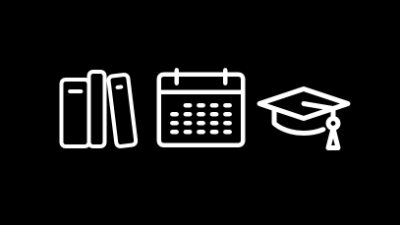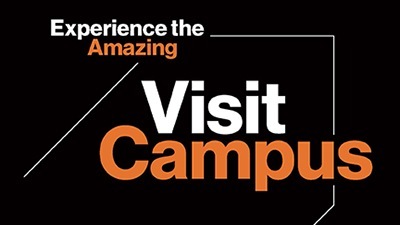Edmund Lyon Memorial Lectureship Series Past Speakers
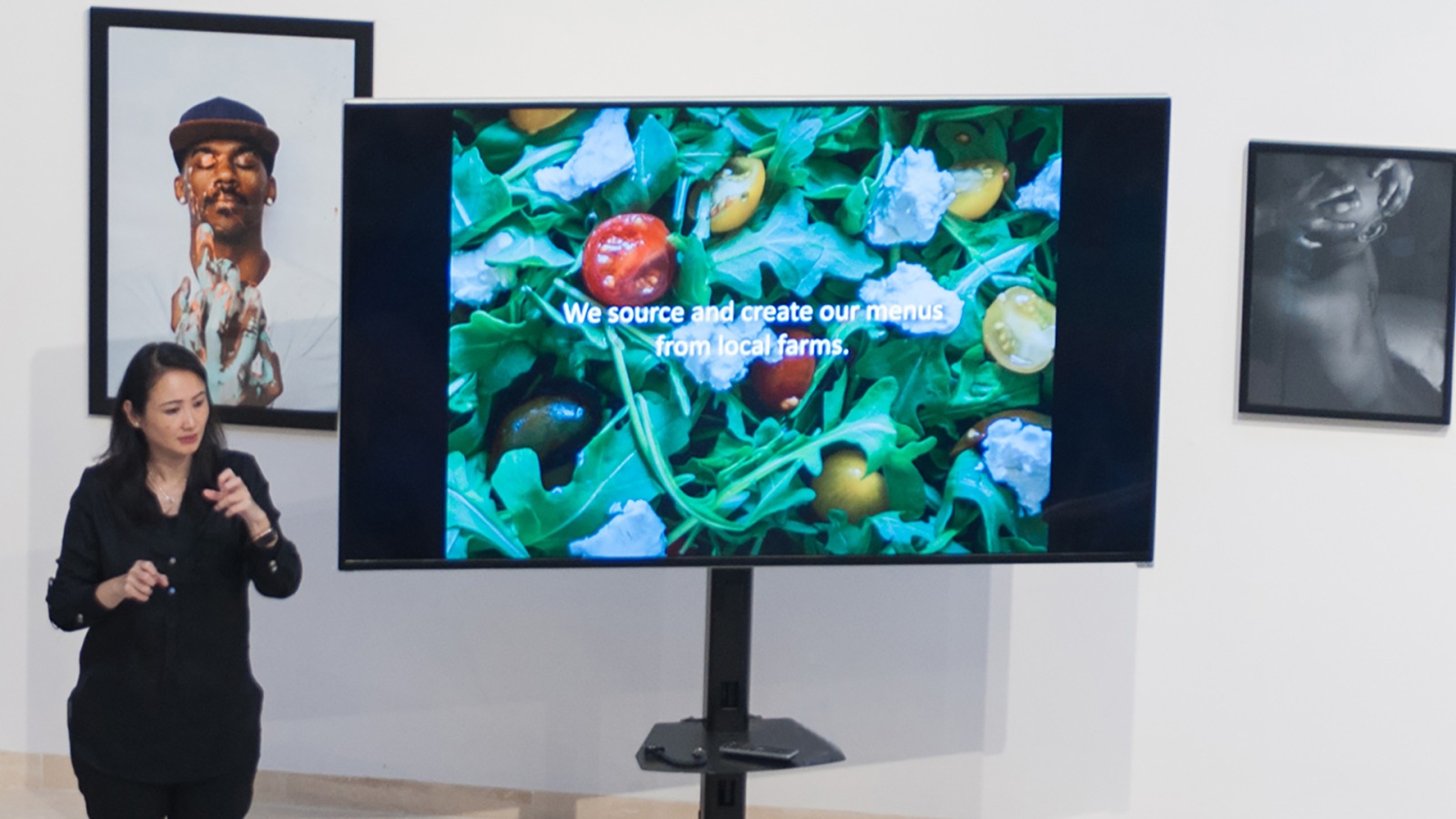
Edmund Lyon Memorial Lectureship Series
Past Speakers
2011 - Laura C. Stevenson, Ph.D.
 |
Laura C. Stevenson was trained as an historian, but upon going deaf in her mid thirties, she moved back to her family's summer house in Vermont and became a novelist. Her first two novels for young adults, "Happily After All" and the "Island and the Ring", were both short-listed for Vermont's Dorothy Canfield Fisher Award and awards from other states. Her next two young adult novels, both published in England, concerned disabilities: "All The King's Horses" is about Alzheimer's Disease, and "A Castle in the Window" is about dyslexia. Her most recent novel, "Return in Kind", is set in the fictitious town of Draper, Vermont, and reflects upon the changes in Vermont landscape and residents from 1929 to 1971. Reviewed as "a highly intelligent, moving, and humane novel," the book is a study of loss - of hearing, of love, of a way of life. Stevenson is retiring from Marlboro College, where she has taught Writing and Humanities since 1986.
|
Presentation Information...
Title: Pencil, Laptop, Cochlear Implant: Making Meaning of Late Deafness
Date: December 8, 2011
2011 - Jane K. Fernandes, Ph.D.
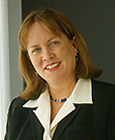 |
Jane Kelleher Fernandes joined UNC Asheville as Provost and Vice Chancellor for Academic Affairs in July 2008. As an academic leader and educator of national prominence, her life's work—creating inclusive academic excellence in education at all levels—has taken her from Hawaii to the Atlantic seaboard. She earned a Master's degree and a Ph.D. in Comparative Literature from the University of Iowa. Her undergraduate degree is in French and Comparative Literature from Trinity College in Hartford, Conn. Her scholarship and service have been dedicated to fostering bilingual American Sign Language-English literacy in all deaf students, promoting interdisciplinary teaching and learning practices, and advocating for racial justice. She fosters the development of inclusive schools of racial justice where every student, regardless of circumstances, is welcome and educated respectfully to the maximum positive outcome. In addition to her position as Provost, Dr. Fernandes is a tenured professor of education at UNC Asheville and serves as a Senior Fellow with the Johnnetta B. Cole Global Diversity & Inclusion Institute, founded at Bennett College for Women in Greensboro, N.C.
|
Presentation Information...
Title: Inclusive Deaf Studies: Barriers and Pathways
Date: April 7, 2011
2010 - Tom Humphries, Ph.D.
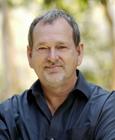 |
Tom Humphries is an Associate Professor in Education Studies and the Department of Communication at the University of California, San Diego. He is Associate Director of Education Studies. One strand of his current work focuses on how “talking culture” among Deaf people in recent history informs our understanding of cultural processes and how meaning circulates. In addition, he has developed an experimental ASL-English Bilingual Education training curriculum which trains teachers to work with deaf children using an entirely new curriculum construct: the application of bilingual teaching practices to classrooms of deaf children. Dr. Humphries has published two widely used ASL textbooks, Learning American Sign Language (Allyn & Bacon, 2004) and A Basic Course in American Sign Language (TJ Publishers, 1980). He is co-author (with Carol Padden) of Deaf in America: Voices from a Culture (1988) and Inside Deaf Culture (2006), both from Harvard University Press.
|
Presentation Information...
Title: Deaf Identity Discourse: Some Theoretical Frames
Date: December 16, 2010
2010 - Brenda Jo Brueggemann, Ph.D.
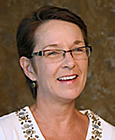 |
Dr. Brenda Jo Brueggemann is Professor of English at The Ohio State University where she coordinates the Disability Studies program, serves as a Faculty Leader for the American Sign Language program, and also administrates as the Vice-Chair of the English Department, overseeing the Rhetoric, Composition and Literacy (RCL) Program. She has authored or edited 8 books and has published over 40 articles or essays in Deaf Studies or Disability Studies. Her most recent book is Deaf Subjects: Between Identities and Spaces (New York UP, 2008). She is currently the co-editor of Disability Studies Quarterly.
|
Presentation Information...
Title: The Tango: What Deaf Studies and Disability Studies Do
Date: March 11, 2010
2010 - Henry Kisor, M.S.J.
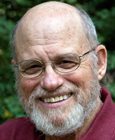 |
Mr. Henry Kisor retired as book review editor of the Chicago Sun-Times June 2006 after 42 years as a journalist with major metropolitan newspapers. He became profoundly deaf at age 3 1/2 from meningitis and was orally mainstreamed from kindergarten through high school and college (Trinity College, Connecticut). He holds an M.S. degree in Journalism from Northwestern University. He is the author of six books, all issued by commercial New York publishers, including What's That Pig Outdoors: A Memoir of Deafness (published in 1990; to be reissued in a new edition by the University of Illinois Press in 2010), and continues to write a series of mystery novels set in the Upper Peninsula of Michigan.
|
Presentation Information...
Title: Writing in the Mainstream: A Deaf Perspective
Date: January 14, 2010
2009 - Christopher Krentz, Ph.D.
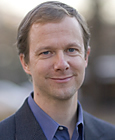 |
Dr. Christopher Krentz is associate professor of English and ASL and director of the American Sign Language Program at the University of Virginia. He is author of Writing Deafness: The Hearing Line in Nineteenth-Century American Literature (University of North Carolina Press, 2007) and editor of A Mighty Change: An Anthology of Deaf American Writing, 1816-1864 (Gallaudet University Press, 2000). He has published articles on deafness and disability in literature and culture. Dr. Krentz helped to found the American Sign Language Program at the University of Virginia. Although he began slowly losing his hearing at age nine, Krentz had little contact with the signing Deaf community until age 23, when he got a job at Gallaudet University. There he began learning ASL and proudly identifying with Deaf culture.
|
Presentation Information...
Title: Writing Deaf Identity in Nineteenth-Century America
Date: October 29, 2009
2004 - David Pierce
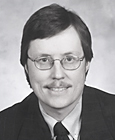 |
From Lewiston, New York, David Pierce graduated from RIT in 1988 from the New Media program. Pierce has spent over 20 years in the television production industry and has worked as a producer, director, videographer, production coordinator, and programmer. At the time of his Lyon Memorial Lectureship presentation, Pierce had recently re-launched his own production company and was also the president of the NTID Alumni Association. Pierce was selected for the lectureship series in view of his diverse work history and active involvement in television production.
|
2002 - Nancy Oyos Rourke
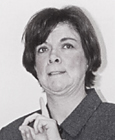 |
Nancy Oyos Rourke was raised in San Diego, California. After high school she attended NTID/RIT. She was a cross-registered student in RIT's College of Imaging Arts and Sciences with a graphic design major and a painting/illustration minor. Rourke continued on to earn her Master of Fine Arts degree in computer graphics design from RIT. She has worked for Xerox, IBM, and Microsoft. Rourke's Lyon lecture covered the topic, "Succeeding in the Competitive Workplace."
|
Presentation Information...
Not available
Not available
1999 - James Macfadden
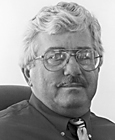 |
Born hard of hearing in Hollywood, California, James "Jim" Macfadden attended hearing schools throughout his primary and secondary education and relied on lip reading. After high school, Macfadden attended Gallaudet College, where he majored in economics. Upon graduation in 1962, Macfadden was employed as a computer programmer and moved up the career ladder to eventually become a division manager. In 1986, Macfadden started his own company that provided computer services and consulting.
|
Presentation Information...
Not available
Not available
1997 - Jelica Bruer Nuccio
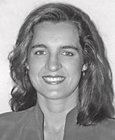 |
Born in Croatia, Jelica Nuccio moved to Alabama as a child. There, her parents enrolled her in the Alabama School for the Deaf. Nuccio's parents disliked having their daughter communicate in ASL, a language they did not understand, so they sent her to the St. Joseph Institute for the Deaf in St. Louis for oral training and later to a mainstream high school. Following high school, Nuccio went on to RIT, where she received her bachelor's degree in biology, and then to Emory University, where she earned a master's degree in behavioral services and health education. At the time of her Lyon lecture, Nuccio was a cryogenic technologist at the Emory Genetic Laboratory as well as a project officer for the Centers of Disease Control. Her Lyon lecture was titled "Breaking Barriers: Trailblazing in the Scientific Field."
|
Presentation Information...
Not available
Not available


